September 22 stands as one of history’s most eventful days, witnessing the rise and fall of empires, groundbreaking discoveries, and moments that shaped our modern world across centuries of human achievement.
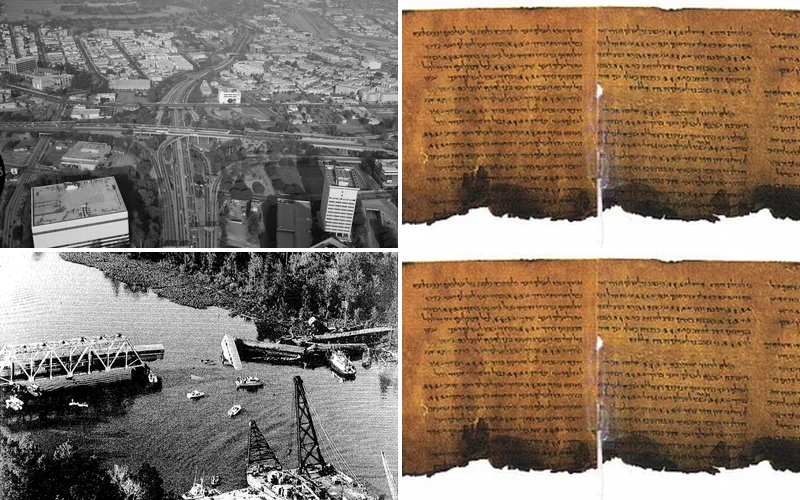
Politics and Government Events on September 22
1957 – François Duvalier Elected President of Haiti

François “Papa Doc” Duvalier secured the Haitian presidency through a controversial election marked by widespread irregularities. His victory marked the beginning of one of the most notorious dictatorships in Caribbean history.
The election results would establish a brutal regime that would control Haiti for decades. Duvalier’s rise to power fundamentally transformed the nation’s political landscape and social structure.
1976 – Gerald Ford Survives Second Assassination Attempt

Sara Jane Moore attempted to assassinate President Gerald Ford outside the St. Francis Hotel in San Francisco. A bystander’s quick action deflected her aim, saving the president’s life in a moment of national crisis.
This marked the second assassination attempt on Ford within seventeen days, highlighting the volatile political climate of the era. The Secret Service immediately enhanced presidential security protocols following this alarming incident.
1960 – Mali Gains Independence
The Sudanese Republic officially renamed itself Mali following Senegal’s withdrawal from the Mali Federation. This political transformation marked the birth of modern Mali as an independent West African nation.
The country’s leaders chose the name Mali to honor the ancient Mali Empire that once dominated the region. This decision reflected their desire to connect modern governance with their rich historical heritage.
1948 – All-Palestine Government Established
The Arab League established the All-Palestine Government as a response to the ongoing Israeli-Palestinian conflict. This political entity represented Arab efforts to create a unified Palestinian administrative structure.
The government operated from Gaza under Egyptian supervision, attempting to provide legitimacy to Palestinian territorial claims. Its formation intensified diplomatic tensions throughout the Middle East region.
2024 – Anura Kumara Dissanayake Elected President of Sri Lanka
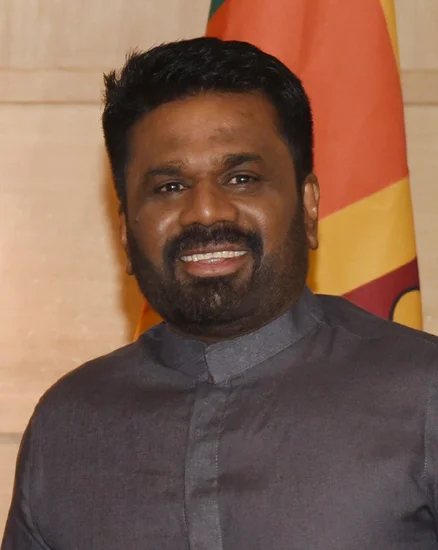
Anura Kumara Dissanayake secured victory as Sri Lanka’s ninth president during a period of unprecedented economic crisis. His election represented a dramatic shift in the country’s political landscape and voter priorities.
The new president faced immediate challenges including economic recovery and restoring public confidence in government institutions. His victory marked the first time a leftist candidate achieved the presidency in Sri Lankan history.
Military and Naval History on September 22
1914 – German Submarine Sinks Three British Cruisers
A single German U-boat devastated the British Royal Navy by sinking three armored cruisers within seventy minutes. Nearly 1,500 sailors perished in this shocking demonstration of submarine warfare’s deadly effectiveness.
The HMS Aboukir, Hogue, and Cressy fell victim to U-9’s torpedoes in the North Sea. This catastrophic loss forced the Royal Navy to completely reassess its anti-submarine tactics and fleet deployment strategies.
1939 – German-Soviet Military Parade in Brest-Litovsk
Nazi Germany and Soviet forces conducted a joint military parade celebrating their successful invasion of Poland. This unprecedented display of cooperation between the two powers shocked the international community.
The parade symbolized the temporary alliance between Hitler and Stalin that enabled World War II’s opening campaign. This collaboration would prove short-lived, ending with Germany’s invasion of the Soviet Union in 1941.
1980 – Iraq Invades Iran
Saddam Hussein launched a full-scale invasion of Iran, sparking what would become an eight-year war of devastating proportions. Iraqi forces crossed the border hoping to capitalize on Iran’s post-revolutionary instability.
The conflict would eventually claim over one million casualties and reshape Middle Eastern geopolitics. Both nations suffered enormous human and economic losses in this brutal war of attrition.
1965 – Kashmir War Ends
The Indo-Pakistani War of 1965 concluded with a United Nations-brokered ceasefire after intense fighting over Kashmir. Both nations agreed to withdraw their forces to pre-war positions under international pressure.
The conflict had raged for several weeks, involving tank battles and aerial combat across multiple fronts. Neither side achieved decisive victory, leaving the fundamental Kashmir dispute unresolved for future generations.
Science and Discovery Milestones on September 22
1991 – Dead Sea Scrolls Made Public

The Dead Sea Scrolls became available to the public for the first time, revolutionizing biblical scholarship and ancient history studies. These ancient manuscripts had been closely guarded by a small group of scholars for decades.
The release provided unprecedented insights into Jewish life and religious practices during the Second Temple period. Scholars worldwide gained access to texts that fundamentally changed understanding of early Judaism and Christianity.
1976 – Red Dye No. 4 Banned
The FDA banned Red Dye No. 4 after scientific studies revealed it caused bladder tumors in laboratory dogs. This decision marked a significant victory for consumer safety advocates and food regulation reform.
The ban demonstrated growing government willingness to prioritize public health over industry interests. Food manufacturers were forced to reformulate countless products, establishing new standards for additive safety testing.
1979 – Mysterious Flash Near Prince Edward Islands
A bright flash resembling a nuclear detonation was observed near the Prince Edward Islands, creating an enduring scientific mystery. Satellite detection systems recorded the event, but its origin remains unexplained decades later.
Various theories emerged, including possible nuclear testing, meteorite impacts, or instrument malfunctions. The incident highlighted the limitations of global monitoring systems and the persistence of unexplained phenomena.
1953 – First Stack Interchange Opens
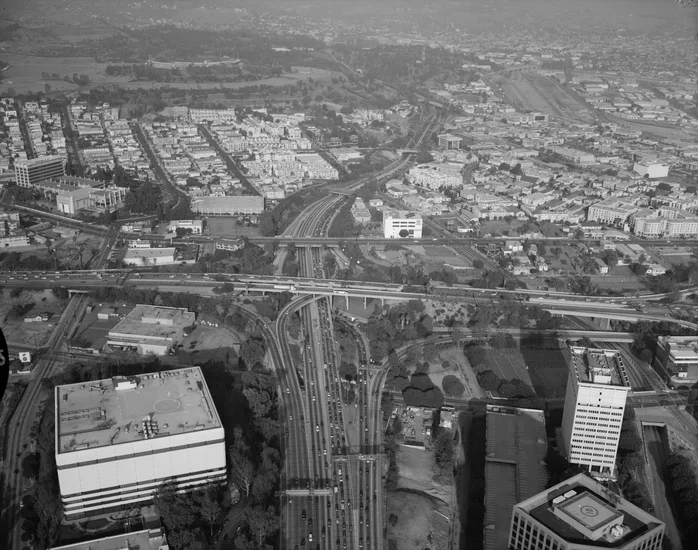
The Four Level Interchange opened in Los Angeles, becoming the world’s first stack interchange and revolutionizing highway design. This engineering marvel demonstrated innovative solutions to urban traffic management challenges.
The interchange’s multi-level design allowed traffic to flow in all directions without signal interruption. Its success influenced highway construction worldwide, establishing new standards for urban transportation infrastructure.
Cultural and Arts Events on September 22
1910 – Duke of York’s Picture House Opens
The Duke of York’s Picture House opened in Brighton, becoming Britain’s oldest continuously operating cinema. This historic venue pioneered the commercial film exhibition that would transform popular entertainment.
The cinema’s enduring operation through two world wars and numerous technological changes demonstrates the lasting appeal of communal movie-going. Its survival makes it a living monument to cinema’s evolution and cultural significance.
1948 – Operation Little Vittles Begins

Gail Halvorsen officially launched Operation Little Vittles, parachuting candy to children during the Berlin Airlift. This humanitarian gesture captured global attention and symbolized American compassion during the Cold War.
The “Candy Bomber” initiative boosted morale among Berlin’s besieged population while demonstrating soft power diplomacy. Halvorsen’s actions helped transform former enemies into allies through simple acts of kindness.
1991 – Dead Sea Scrolls Public Release

The complete Dead Sea Scrolls were made publicly available, ending decades of restricted scholarly access. This momentous release democratized study of these ancient texts and sparked renewed academic interest.
The scrolls’ availability revolutionized understanding of ancient Judaism and early Christianity. Scholars worldwide could finally examine these crucial historical documents independently, leading to numerous breakthrough discoveries.
Religious and Social Events on September 22
1941 – Holocaust Massacre in Vinnytsia

German SS forces murdered 6,000 Jewish survivors on the Jewish New Year in Vinnytsia, Ukraine. This horrific massacre followed earlier killings that had already claimed approximately 24,000 Jewish lives.
The timing on Rosh Hashanah demonstrated the deliberate cruelty of Nazi persecution. This atrocity represents one of countless tragedies that comprised the systematic Holocaust across occupied Europe.
1919 – Steel Strike Begins
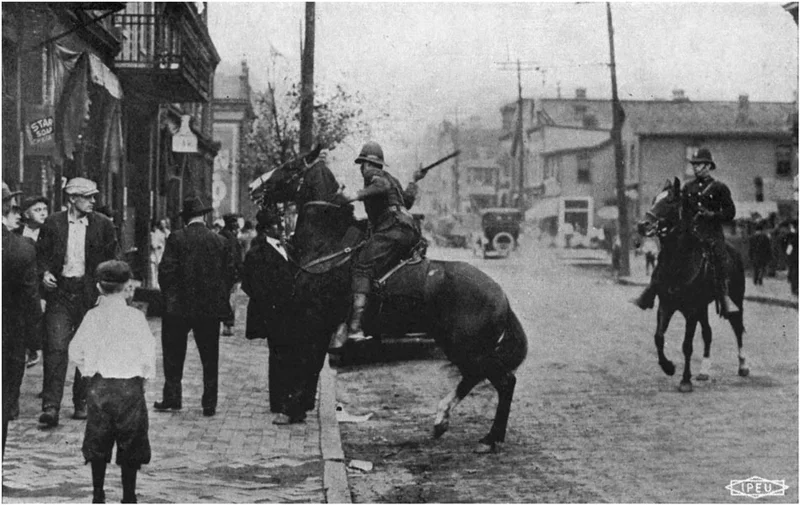
The Great Steel Strike of 1919 commenced in Pennsylvania under the Amalgamated Association of Iron and Steel Workers’ leadership. This massive labor action would spread across the United States, affecting hundreds of thousands of workers.
The strike represented growing tensions between industrial workers and management over wages and working conditions. Its outcome would influence American labor relations and union organization for decades to come.
1934 – Gresford Mining Disaster
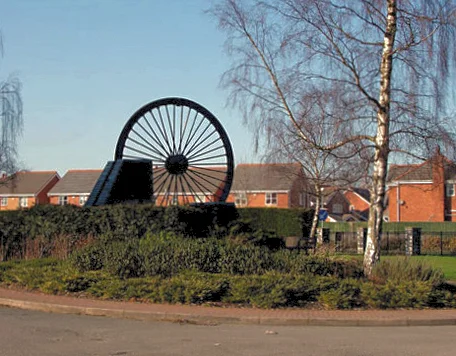
The Gresford disaster claimed 266 lives when explosions rocked the Welsh coal mine. This industrial catastrophe highlighted dangerous working conditions faced by miners throughout Britain’s coal industry.
The tragedy prompted investigations into mining safety standards and worker protection measures. Gresford became a symbol of industrial negligence and the human cost of inadequate safety regulations.
Business and Economic Events on September 22
1919 – National Steel Strike Begins
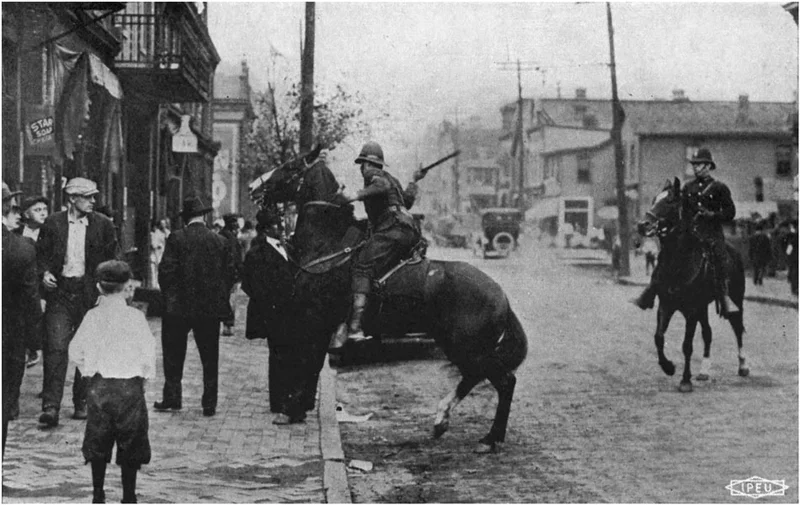
The Amalgamated Association of Iron and Steel Workers initiated a massive strike across American steel mills. This labor action would affect over 350,000 workers and significantly impact industrial production nationwide.
The strike challenged the steel industry’s resistance to unionization and fair wages. Its resolution would shape labor-management relations in heavy industry for the following decades.
1976 – FDA Bans Red Dye No. 4
The Food and Drug Administration prohibited Red Dye No. 4 after studies linked it to cancer in laboratory animals. This regulatory decision forced widespread reformulation of food products and cosmetics.
The ban demonstrated increasing government oversight of food additives and consumer product safety. Manufacturers invested millions in developing alternative coloring agents and updating production processes.
1953 – Four Level Interchange Opens
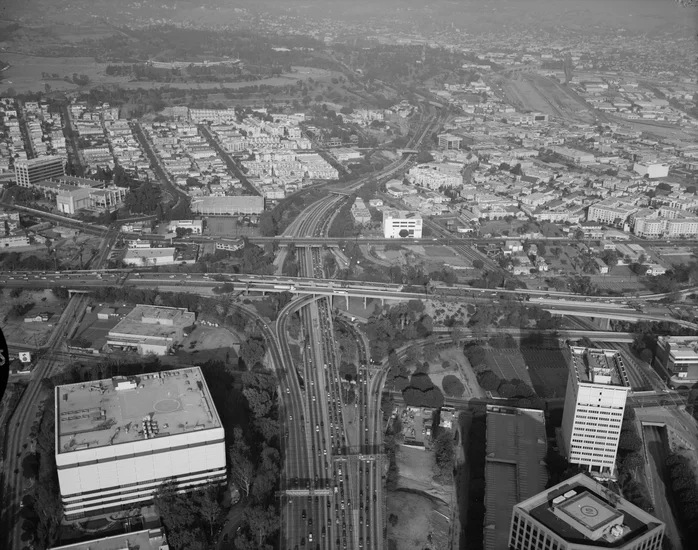
Los Angeles unveiled the world’s first stack interchange, revolutionizing highway engineering and urban planning. This $5.5 million project became a model for traffic management in major metropolitan areas.
The interchange’s success attracted international attention and influenced highway construction worldwide. Its design principles became standard practice for managing high-volume traffic flows in urban environments.
Transportation and Infrastructure on September 22
1953 – First Stack Interchange Opens in Los Angeles

The Four Level Interchange began operations as the world’s first stack interchange, featuring multiple levels of highway crossings. This revolutionary design eliminated traffic signals and allowed continuous flow in all directions.
The engineering marvel cost $5.5 million and required innovative construction techniques. Its success established the template for modern highway interchanges in cities worldwide.
1993 – Amtrak’s Deadliest Train Wreck
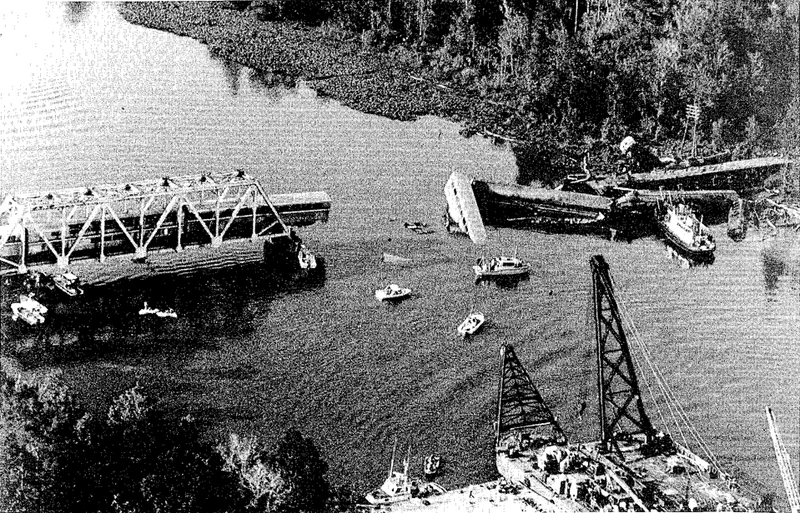
A barge collision with a railroad bridge near Mobile, Alabama, caused Amtrak’s most devastating accident in history. Forty-seven passengers perished when the train derailed into a bayou in dense fog.
The Sunset Limited disaster highlighted vulnerabilities in America’s transportation infrastructure. Investigations led to improved bridge monitoring systems and enhanced safety protocols for waterway crossings.
1966 – Ansett-ANA Flight 149 Crashes
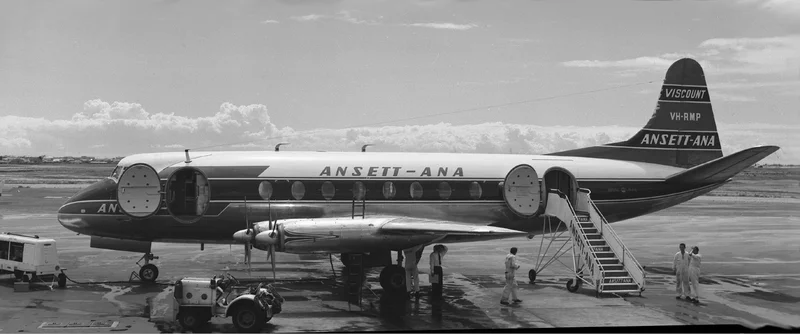
Twenty-four people died when Ansett-ANA Flight 149 crashed near Winton, Queensland, during a routine domestic flight. The Vickers Viscount aircraft went down in remote Australian outback territory.
This aviation disaster prompted improvements in flight safety procedures and emergency response protocols. The tragedy demonstrated the challenges of operating commercial aviation in Australia’s vast and sparsely populated regions.
2006 – Maglev Train Collision in Germany
Twenty-three people died in a collision between a maglev train and a maintenance vehicle in Lathen, Germany. This accident occurred on the Transrapid test track, shocking the magnetic levitation technology industry.
The disaster raised serious questions about maglev safety systems and operational procedures. It significantly impacted public confidence in magnetic levitation technology and influenced future development programs.
Sports and Recreation on September 22
1995 – AWACS Aircraft Crashes at Elmendorf
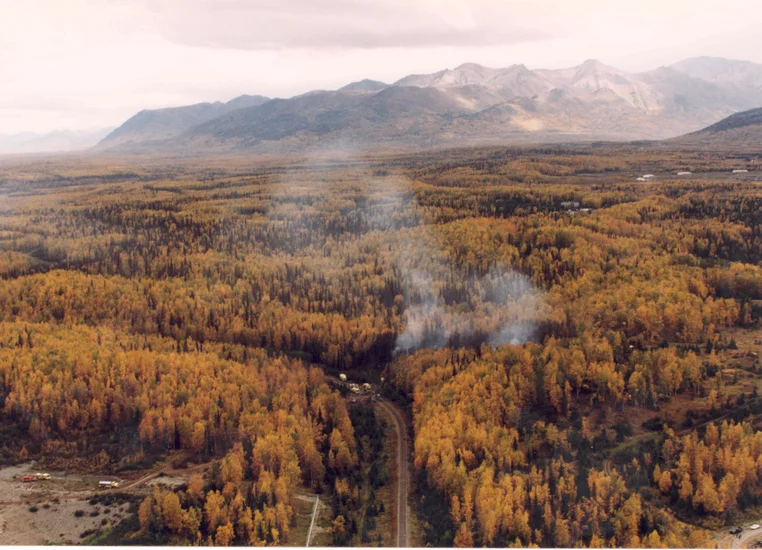
An E-3B AWACS aircraft crashed at Elmendorf Air Force Base, Alaska, after multiple bird strikes disabled two engines. All twenty-four crew members and passengers perished in this devastating military aviation accident.
The tragedy highlighted the ongoing threat of bird strikes to military aircraft operations. This accident led to enhanced wildlife management programs around military airfields and improved engine design standards.
1981 – Turkish Air Force Training Accident
A Turkish Air Force Northrop F-5 crashed during military exercises in Babaeski, killing the pilot and sixty-five soldiers on the ground. This training accident became one of Turkey’s deadliest military aviation disasters.
The crash occurred during routine military maneuvers, demonstrating the inherent risks of military aviation training. The tragedy prompted comprehensive reviews of flight safety procedures and training protocols.
1995 – Sri Lanka Air Force School Bombing
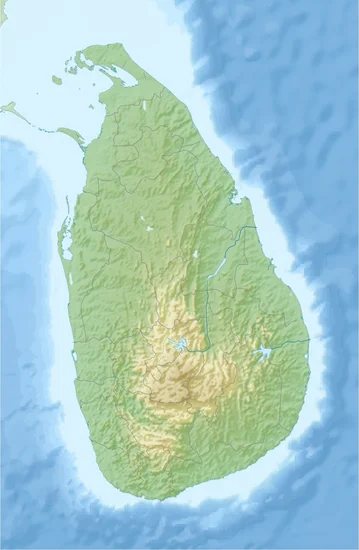
The Sri Lankan Air Force conducted a bombing raid on a school in Nagerkovil, killing at least thirty-four people, mostly ethnic Tamil children. This attack intensified the ongoing civil war’s tragic impact on civilian populations.
The bombing drew international condemnation and highlighted the conflict’s devastating toll on innocent civilians. This incident became a symbol of the war’s brutality and its impact on Sri Lanka’s educational system.
Notable Births on September 22
1901 – Charles Brenton Huggins Born

Canadian-American physician Charles Brenton Huggins entered the world, destined to revolutionize cancer treatment through groundbreaking research. His early interest in medicine shaped his eventual career path in surgical oncology.
Huggins would later win the Nobel Prize in Physiology or Medicine for discovering hormonal treatment of prostatic cancer. His pioneering work established the foundation for modern cancer hormone therapy approaches.
1918 – Hans Scholl Born
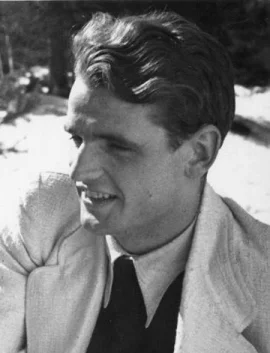
German resistance fighter Hans Scholl was born, later becoming a founding member of the White Rose resistance movement. His moral conviction would lead him to oppose Nazi tyranny during World War II.
Scholl’s courageous stand against fascism inspired countless others to resist oppression. His legacy continues to symbolize the power of individual conscience against totalitarian regimes.
1920 – Tommy Lasorda Born
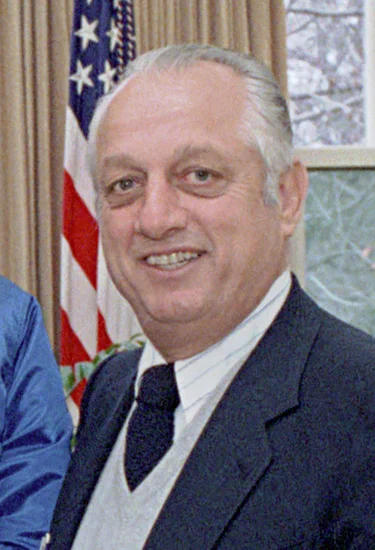
Legendary baseball manager Tommy Lasorda was born in Pennsylvania, beginning a journey that would make him one of baseball’s most colorful personalities. His early love for the game shaped his entire professional career.
Lasorda would lead the Los Angeles Dodgers to multiple World Series championships and Olympic gold medals. His passionate leadership style and dedication to baseball made him an iconic figure in sports history.
1957 – Nick Cave Born

Australian musician Nick Cave was born in rural Victoria, beginning a career that would span multiple decades and genres. His artistic vision would influence alternative rock and literary communities worldwide.
Cave’s work with the Bad Seeds and solo projects established him as one of rock’s most compelling storytellers. His contributions to music, literature, and film have earned critical acclaim across multiple artistic mediums.
1958 – Andrea Bocelli Born

Italian tenor Andrea Bocelli was born in Tuscany, destined to become one of the world’s most beloved classical crossover artists. His musical talent emerged early despite facing significant visual challenges.
Bocelli’s powerful voice would bridge classical and popular music, selling over 90 million records worldwide. His performances have brought opera to mainstream audiences and inspired countless aspiring musicians.
1961 – Bonnie Hunt Born

American actress and comedian Bonnie Hunt was born in Chicago, beginning a career that would span television, film, and talk shows. Her natural comedic timing and warm personality shaped her entertainment career.
Hunt would become a successful actress, director, and talk show host, known for her improvisational skills. Her contributions to comedy and entertainment have earned her numerous awards and industry recognition.
Notable Deaths on September 22
1914 – Alain-Fournier Dies
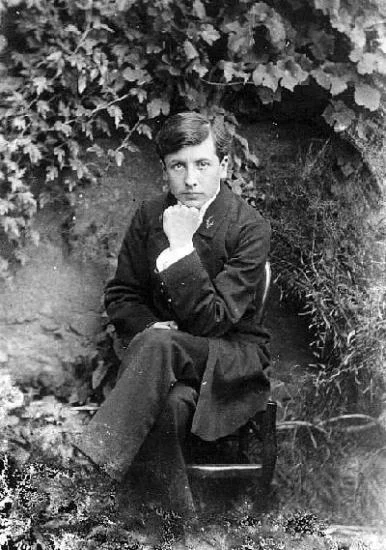
French soldier and author Alain-Fournier perished in World War I combat, ending the life of a promising literary talent. His death at age twenty-seven cut short a brilliant writing career.
Fournier’s novel “Le Grand Meaulnes” became a classic of French literature despite his brief career. His loss represented the countless artistic talents destroyed by the Great War’s devastating toll.
1956 – Frederick Soddy Dies
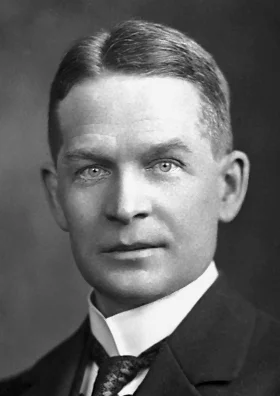
English chemist Frederick Soddy passed away, concluding a distinguished career in nuclear chemistry and economics. His groundbreaking research on radioactivity earned him the Nobel Prize in Chemistry.
Soddy’s work on isotopes and atomic disintegration theory laid crucial foundations for nuclear physics. His later economic theories anticipated many modern concepts about money, debt, and energy in economic systems.
1989 – Irving Berlin Dies
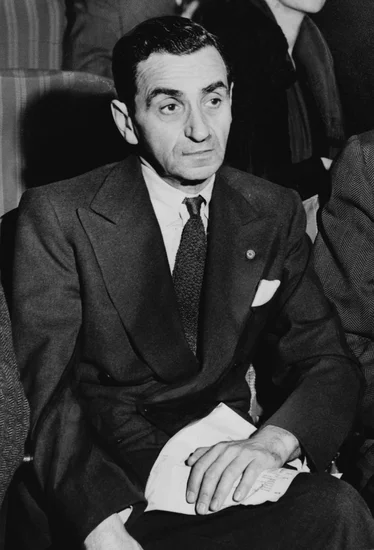
Legendary composer Irving Berlin died at age 101, ending one of the most prolific careers in American popular music. His compositions defined American musical theater and popular song for decades.
Berlin wrote over 1,500 songs, including “White Christmas” and “God Bless America,” becoming synonymous with American musical identity. His rags-to-riches story embodied the American Dream and influenced generations of songwriters.
1999 – George C. Scott Dies
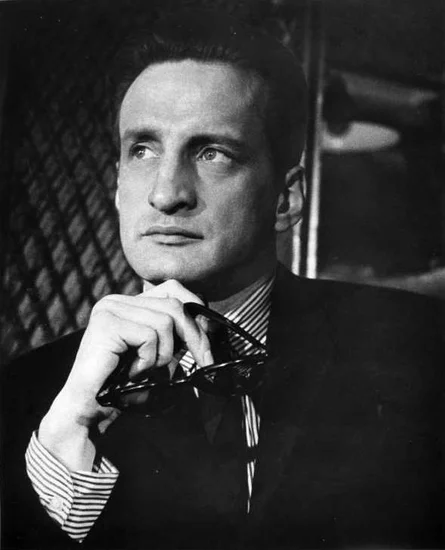
Academy Award-winning actor George C. Scott passed away, concluding a powerful career in film and theater. His intense performances and refusal to accept his Oscar made him a legendary figure in entertainment.
Scott’s portrayal of General Patton remains one of cinema’s most iconic performances. His dedication to his craft and uncompromising artistic integrity influenced countless actors and filmmakers.
2015 – Yogi Berra Dies
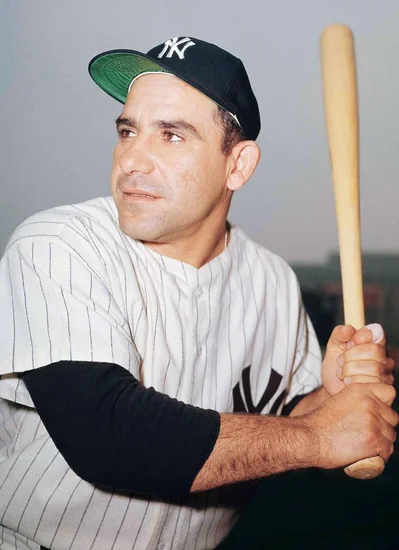
Baseball legend Yogi Berra passed away at age 90, ending a remarkable career as player, coach, and cultural icon. His unique personality and memorable quotes made him beloved far beyond baseball.
Berra’s ten World Series championships as a player established him as one of baseball’s greatest winners. His wisdom, humor, and humanity made him an enduring symbol of American sports culture.
2022 – Hilary Mantel Dies

British author Hilary Mantel passed away, concluding a distinguished literary career that earned her two Booker Prizes. Her historical novels brought Tudor England to vivid life for contemporary readers.
Mantel’s “Wolf Hall” trilogy revolutionized historical fiction and established her as one of Britain’s finest writers. Her psychological insights and masterful prose influenced countless authors and readers worldwide.
Holidays and Observances on September 22
American Business Women’s Day
The United States celebrates American Business Women’s Day, recognizing the contributions and achievements of women in business across all industries. This observance highlights the growing influence of female entrepreneurs and executives in the American economy.
The day encourages networking, mentorship, and recognition of women’s professional accomplishments. Organizations nationwide host events celebrating women’s business leadership and discussing future opportunities for advancement.
Autumnal Equinox Day
Japan observes Autumnal Equinox Day as a national holiday, marking the astronomical beginning of autumn when day and night are nearly equal in length. This celebration connects modern Japanese society with ancient agricultural traditions.
The holiday emphasizes reflection on the changing seasons and appreciation for nature’s cycles. Many Japanese families visit ancestral graves and participate in traditional ceremonies honoring their cultural heritage.
Independence Day of Mali
Mali celebrates its independence from France achieved in 1960, marking the birth of the modern West African nation. This national holiday commemorates the end of colonial rule and the beginning of self-governance.
The celebration features traditional music, dance, and cultural displays throughout the country. Malians reflect on their national progress while honoring the leaders who fought for independence from colonial powers.
